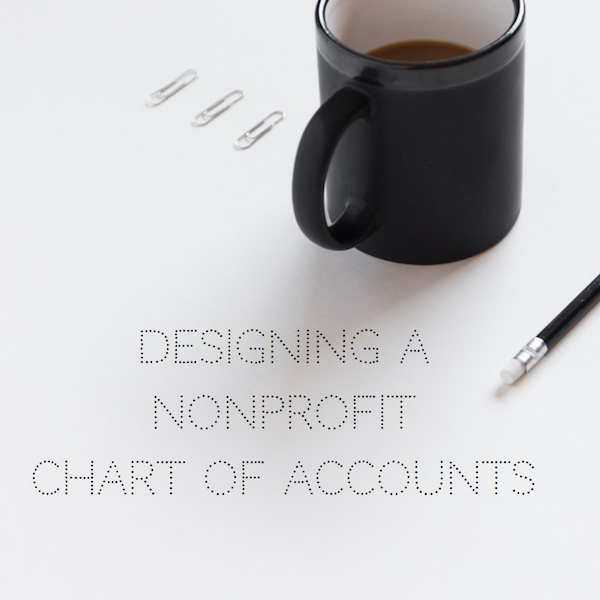The chart of accounts, or COA, forms the framework of your accounting system. The COA organizes all your financial transactions into a series of numbered accounts. A well-designed COA will make your financial reporting easier and help you gain insight into your funding sources, programs, and expenses. Not sure how your COA stacks up? Ask yourself these questions:
Can you print or download your financial statements without rekeying the information into an Excel spreadsheet? If you’re wasting time reformatting data every time you pull a report, that’s a sign that your current COA is not working for you.
Is your chart of accounts outdated, obsolete, poorly designed or just not meeting the needs of the organization and its stakeholders? All things must change, including your COA. While major changes to your COA should not be taken lightly, it’s important to make sure your account structure reflects your current financial activities.
When was the last time you updated your chart of accounts? Your COA should be regularly reviewed to make sure everything is organized in a way that makes sense for your organization.
Restructuring your chart of accounts is a major undertaking that should be discussed with your accountant. However, it’s also a great opportunity to assess your financial reporting requirements and build a framework that will save you valuable time in the future.
Every nonprofit is different, and your chart of accounts is no exception. Your COA will always be unique to your organization. But by following some general guidelines and paying attention to common issues among nonprofit organizations, you can design a functional chart of accounts that will be easy for your accounting and audit staff to navigate. A few things to consider:
Understand your goals for the chart of accounts - what problems are you trying to solve? What information do you frequently search for?
Understand your financial reporting and budgeting requirements, including both internal and external stakeholders.
Understand your financial software reporting capabilities and limitations.
Keep your account structure simple, to the reduce risk of errors. Less is more when it comes to your chart of accounts. If you need additional layers of organization, try using classes or other categorizing tools instead of creating new accounts.
Group your accounts together in a meaningful way.
Build in some flexibility – leave space between your existing accounts to accommodate growth and change. Will you have room to add new accounts down the road, or are those account numbers already taken?
Develop written account descriptions for consistency in coding transactions.
Consult with your non-financial staff and incorporate their feedback into your design. A good COA makes sense to everyone, even those who don’t have an accounting background.
Use three- or four-digit account numbers depending on the complexity of your organization.
Do not use alpha or non-numeric account numbers. Many programs can only recognize numeric account numbers.
Below is a common account numbering system, which should be familiar to anyone with a background in auditing or accounting:
Statement of Financial Position (Balance Sheet)
Asset accounts: 1000-1999
Liability accounts: 2000-2999
Equity accounts (or net assets): 3000-3999
Note: Within each account classification for Assets and Liabilities, accounts should be numbered in order of liquidity.
Statement of Activities (Income Statement or P&L)
Revenue accounts: 4000-4999
Operating expense accounts: 5000-5999
Other revenue & expense accounts: 6000-6999
In summary, a well-defined chart of accounts will assist any nonprofit organization, large or small, to efficiently and effectively manage their financial activities.

